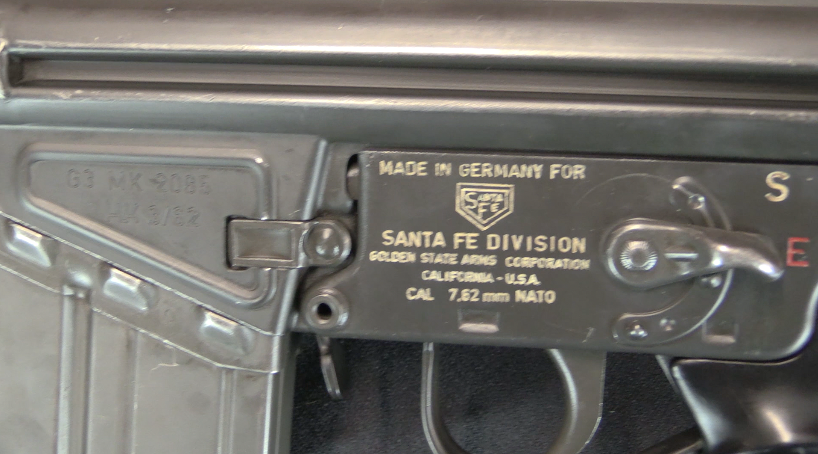Matt Haught joins me one more time to try out some practical testing of the Diverter and Duckbill shotgun chokes. We are using a 2-liter bottles of seltzer water on strings at 10 yards, and testing the A&W Diverter and Duckbill, using a standard cylinder bore riot gun as a control. So, it’s not really science…but it is a lot of fun!
Related Articles

Semiauto Rifles
James D. Julia: The Very First H&K G3 Import (3/62)

Prototype
Colt Offensive Pistol at RIA



Lever Action Rifles

Ian,
It dawns on me ( as you guys were having fun with the water bottle rabbits) that a simple paper pattern test would have shown exactly how much “spread” these devices will generate.
They did that first: https://www.forgottenweapons.com/duckbill-done-right-testing-the-aw-diverter-shotgun-barrel-w-matt-haught/
Ian- You need to go someplace where you can try American skeet. Usually done with cylinder bore, and #9 birdshot. After you get pretty good, try International skeet.
A #9 shot? Kind of light, is it not? I’d say #7 is more universal. Some ranges state a limit and claim #7 to be “too heavy”.
Skeet uses #9. Trap uses #8, 7 1/2, or 7.
Thanks for info; I never grew into competitive level with my shooting.
I got hooked on American Skeet. I once figured that I put about 11,000 rounds of 12 gauge through my Remington 1100. I stopped due to a back injury at work. Skeet is for fun, trap is for money.
As Matt says, shotgun needs its own. I found it new an exciting when I learned if first more than 20 years ago. I was doing mostly trap, one to two hundred shots at each session (usually whole Saturday afternoon). I used mostly modified cylinder choke. Hitting, oh hitting 🙂 … was not that easy at flying clay. But, it can be done.
Given that they physically alter the path and so are presumably impacted by the shot (do they deform the shot?). Do they suffer from progressive erosion-damage and is this a problem e.g. rather frequent degrading-failure and having to be replaced?
There are not those loads for noticeable erosion.
The duck beak extends outward earlier, with an increase in the lumen and a decrease in the scattering effect.
The issue is that the shot (individual pellets) get distorted by impacting others. The flexible (plastic) type of wad does help to some degree since it introduces gradual acceleration.
Erosion of bore is not an issue, but deposits of lead is. It needs cleaning after every session.
Weapons, generally, should be cleaned. At least sometimes.
Of course, if we want the weapon to last long enough.
Intense corrosion occurs under the layer of lead.
And you will not notice the change in the quality of the shot due to lead deposits or deformation of the granules with your bare eye.
Yes, the initial speed will decrease slightly.
The debris spot will become less uniform and more random flies will appear.
But the shotgun isn’t going to be useless.
Let’s all go to A & W ! Where is the Root Beer?